|
|
Running a pay-per-click (PPC) campaign is one of the most effective ways to drive targeted traffic, generate leads, and increase revenue. However, not all campaigns perform as expected. Many advertisers struggle with low conversion rates, high cost-per-click (CPC), poor click-through rates (CTR), and wasted ad spend. When PPC campaigns underperform, troubleshooting is essential to identify and fix the issues affecting performance.
Successful PPC troubleshooting requires a data-driven approach, ensuring that campaigns are optimized for ad relevance, audience targeting, bidding strategies, and conversion tracking. Whether you’re managing Google Ads, Facebook Ads, LinkedIn Ads, or programmatic display campaigns, understanding the common issues and expert solutions will help you maximize return on investment (ROI).
With insights from WiFi Digital, a leader in PPC optimization and performance marketing, this guide explores the most effective troubleshooting techniques to diagnose and resolve PPC campaign inefficiencies. By implementing these expert strategies, businesses can improve ad performance, reduce wasted spend, and scale campaigns profitably.
Diagnosing and Fixing Low Click-Through Rates (CTR)
Issue: Low CTR and Poor Ad Engagement
A low CTR indicates that ads are not compelling enough to attract clicks, which can lead to lower Quality Scores, higher CPCs, and reduced ad visibility. Several factors contribute to poor CTR, including weak ad copy, irrelevant targeting, or improper keyword selection.
Troubleshooting & Fixes





By optimizing ad creatives, audience targeting, and ad extensions, businesses can improve CTR and Quality Scores, ultimately lowering CPC and increasing ad efficiency.
Reducing High Cost-Per-Click (CPC) Without Losing Traffic
Issue: CPC is Too High, Draining Ad Budget
High CPC can quickly deplete budgets and reduce campaign profitability. If your CPC is significantly above industry benchmarks, it may indicate low Quality Scores, excessive competition, or inefficient bidding strategies.
Troubleshooting & Fixes





By lowering CPC while maintaining ad visibility, businesses can maximize budget efficiency and improve ROAS (Return on Ad Spend).
Fixing Low Conversion Rates and Poor ROI
Issue: Users Click Ads But Don’t Convert
If users click on ads but fail to complete a purchase, sign up, or take the desired action, the issue lies in conversion rate optimization (CRO). Common reasons include poor landing page experience, slow load times, weak CTAs, or misaligned user expectations.
Troubleshooting & Fixes





By refining landing page UX, CTAs, and content alignment, businesses can increase conversion rates and maximize PPC campaign profitability.
Addressing Low Impression Share and Limited Ad Visibility
Issue: Ads Are Not Showing or Have Low Impressions
If an ad receives few impressions or fails to appear in auctions, it may be due to budget limitations, low Quality Scores, incorrect targeting, or ad disapprovals.
Troubleshooting & Fixes





By improving ad rank, audience reach, and budget allocation, businesses can increase impression share and maximize ad exposure.
Ensuring Proper Conversion Tracking and Data Accuracy
Issue: Conversion Tracking is Inaccurate or Missing
If PPC performance data is unreliable, it becomes difficult to measure ROI and make data-driven optimizations. Common issues include incorrect tracking setup, missing conversion pixels, or discrepancies between Google Analytics and ad platform reports.
Troubleshooting & Fixes




By ensuring proper conversion tracking and data accuracy, businesses can make informed decisions to improve PPC performance and ROI.
Troubleshooting PPC campaigns requires a systematic approach to identifying and fixing performance issues. By addressing low CTR, high CPC, poor conversion rates, impression share limitations, and tracking errors, businesses can optimize ad spend, improve efficiency, and maximize ROI.
With WiFi Digital’s expertise in PPC management and performance optimization, businesses can refine their PPC strategies for better engagement, lower costs, and higher profitability. Now is the time to fix campaign inefficiencies, implement data-driven improvements, and scale PPC advertising successfully.
WiFi Digital: Connecting Businesses to the Digital Future
In today’s fast-paced world, where a strong digital presence is essential for business growth, WiFi Digital emerges as a strategic partner for small and medium-sized businesses (SMBs). Founded in 2023 and based in London, Ontario, the company has a clear mission: to provide affordable, high-quality solutions that help businesses thrive online. With an experienced and passionate team, WiFi Digital goes beyond simply creating websites and marketing strategies. Its purpose is to empower entrepreneurs, strengthen brands, and give clients more free time to focus on what truly matters – growing their business and improving their quality of life.
WiFi Digital develops websites that authentically and professionally represent your brand, optimizes systems and digital marketing strategies to enhance visibility and return on investment (ROI), and offers affordable, customized solutions, ensuring that businesses of all sizes have access to effective growth tools. With transparency, partnership, and innovation, the company provides each client with the necessary support to achieve real results.
Business digitalization is not just about numbers or metrics. It directly impacts entrepreneurs’ well-being, bringing more organization, efficiency, and freedom to focus on what truly matters. WiFi Digital understands that by investing in digital solutions, businesses gain time, reduce operational stress, and create opportunities to connect better with their customers. A well-structured online presence not only increases sales but also strengthens the public’s trust in the brand.
Beyond technical expertise, WiFi Digital’s key differentiator is its commitment to people. The company values genuine relationships, creates tailored strategies, and works side by side with clients to ensure that every solution meets their specific needs. If you’re looking to boost your brand, attract more customers, and still have more time to focus on what truly matters, now is the time to act!








